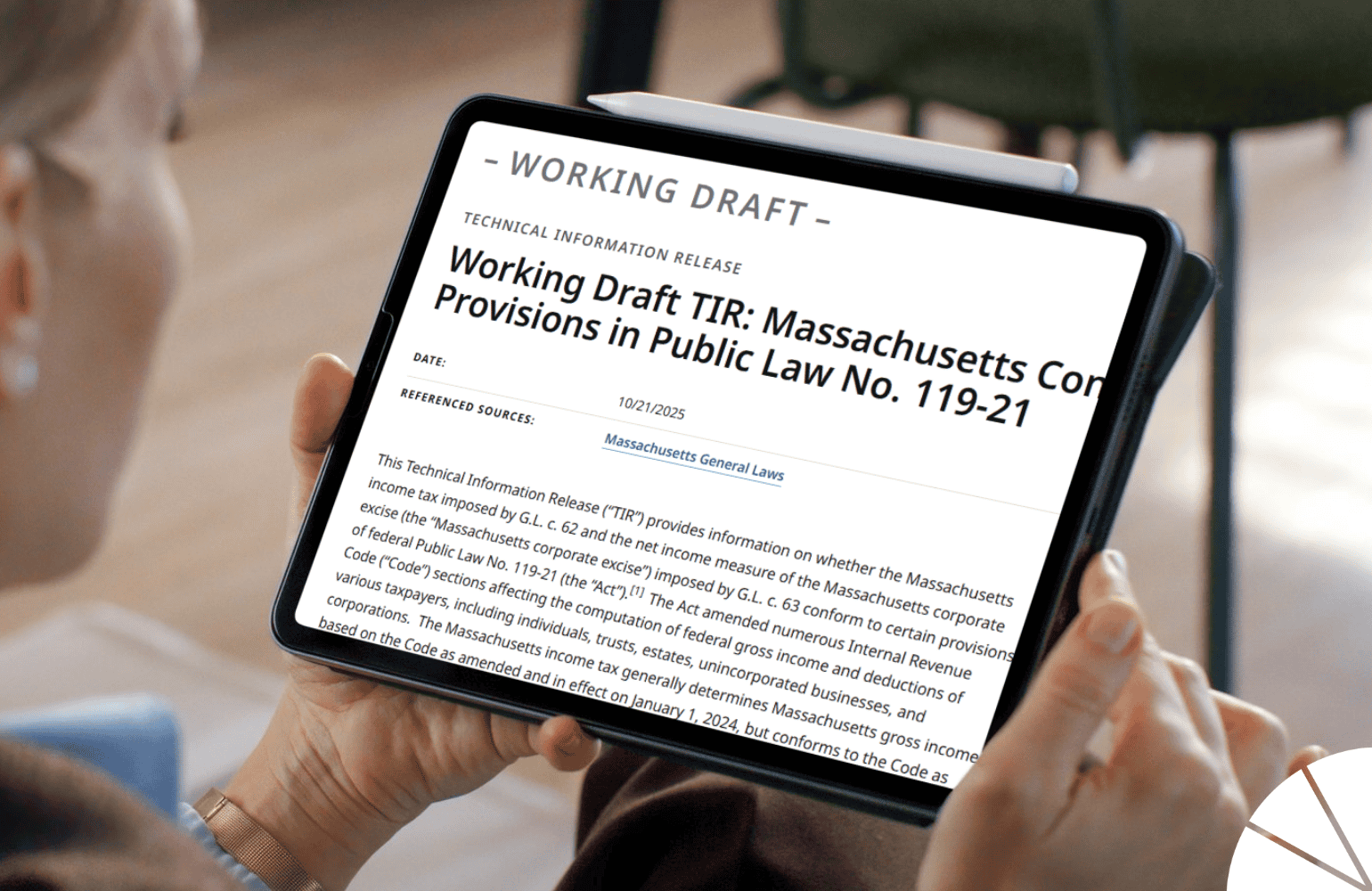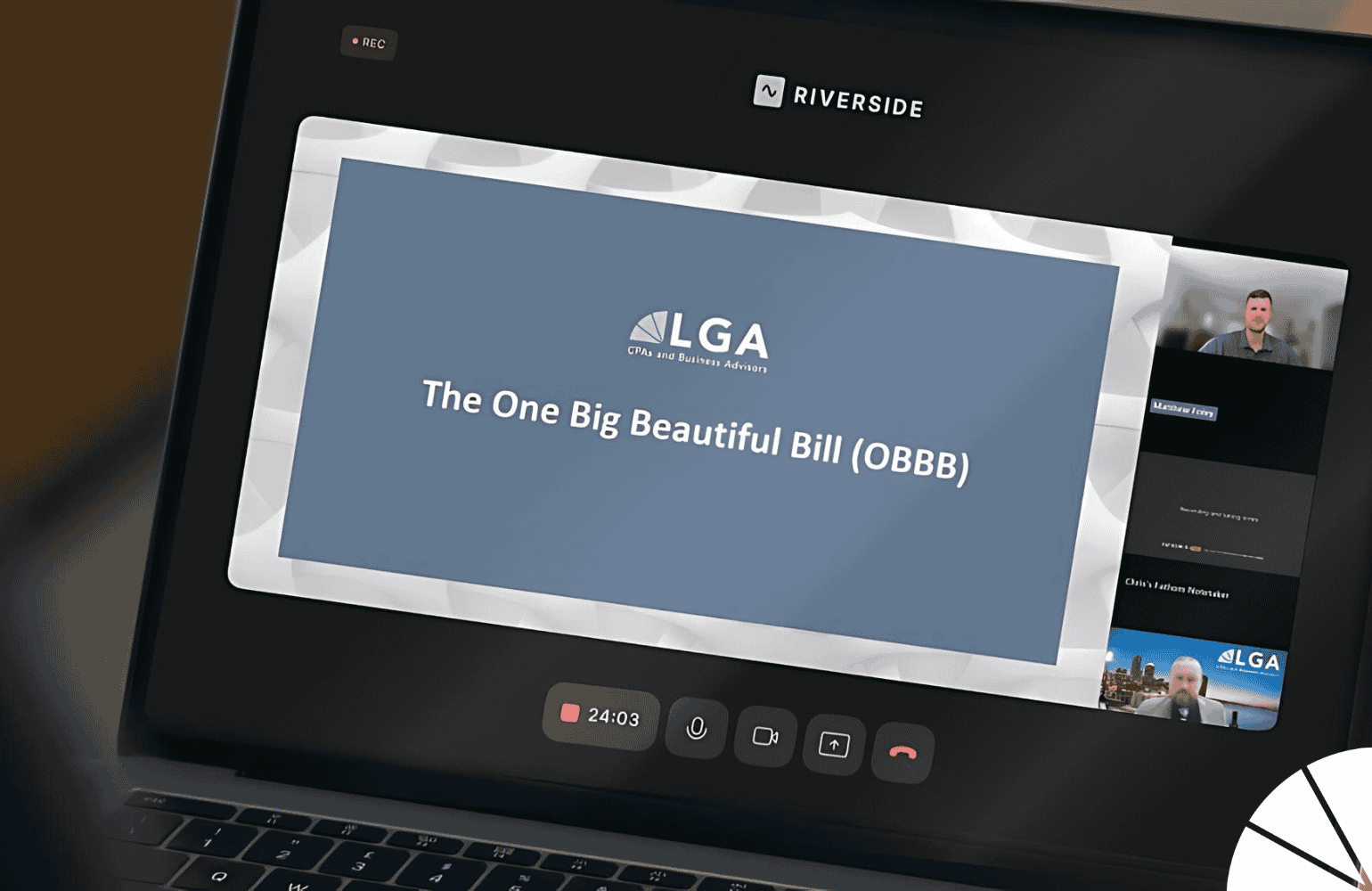Switching from cash-basis to accrual-basis accounting is a significant transition for many businesses. In Part I, we discussed the importance of accrual accounting and how it provides a clearer and more accurate picture of your company’s financial health compared to cash-basis accounting. However, as beneficial as accrual accounting is, it does come with its own set of challenges. In this article, we’ll explore those challenges and provide solutions to make the transition smoother and more successful.
Challenges and Solutions
Some of the challenges or limitations include:
Complex Recordkeeping
One of the most significant challenges of accrual-basis accounting is the complexity of recordkeeping. This method requires tracking receivables, payables, and various adjusting entries, making it more intricate than cash-basis accounting.
Solution:
Use robust accounting software to handle and automate the accrual-basis processes. Modern accounting systems can automate many aspects of accrual accounting, such as generating invoices, tracking payments, and managing adjusting entries. This automation reduces manual errors and ensures that all financial data is current.
Increased Time and Resources
Implementing and maintaining accrual-basis accounting can be time-consuming and resource-intensive for any size organization. It demands more time from your accounting team to ensure accuracy and completeness.
Solution:
Develop efficient processes for recording transactions and reconciling accounts to minimize the time required. Allocating specific accounting tasks to different team members can also help distribute the workload effectively. Conduct regular reviews and audits to ensure accuracy and catch errors early, preventing more significant issues later. By creating a detailed timeline and checklist for the transition, you can ensure that all necessary steps are taken without overwhelming your team.
Cash-Flow Management
One of the common issues with accrual-basis accounting is showing profitability on paper while facing actual cash shortages, which can lead to liquidity problems. This happens because revenues and expenses are recorded when earned or incurred, not when cash is received or paid.
Solution:
Regularly forecast cash flow to anticipate and prepare for potential cash shortages. Keeping a cash reserve to manage periods of low cash flow and cover short-term liabilities is crucial. Actively manage accounts receivable to ensure timely collections and reduce the risk of cash flow problems. By implementing cash flow projections and monitoring them closely, you can better manage your financial resources and avoid surprises.
Adjusting Entries and Estimates
Accrual-basis accounting requires making adjusting entries and estimates, such as depreciation, bad debt provisions, and inventory adjustments. These entries can be subjective and complex, requiring a deep understanding of accounting principles.
Solution:
Establish standardized procedures and guidelines for making adjusting entries and estimates. Providing ongoing training to accounting staff on making accurate estimates and understanding the impact of these adjustments is essential. By having clear guidelines and regularly updating your accounting team’s knowledge, you can improve the accuracy of your financial statements.
Regulatory Compliance
Ensuring that your accrual-basis accounting practices comply with relevant accounting standards (e.g., GAAP or IFRS) can be challenging to navigate. Compliance is crucial to avoid legal issues and maintain the trust of stakeholders.
Solution:
Implement strong internal controls to ensure that financial records are accurate and compliant with applicable standards. Regular audits and reviews of financial statements can help identify potential compliance issues early. By staying informed about changes in accounting regulations and adapting your practices accordingly, you can maintain compliance and reduce risks.
A Smooth Transition
Switching to accrual-basis accounting is a strategic move that can enhance your business’s financial clarity and operational efficiency. While the transition can be complex and resource-intensive, the long-term benefits are substantial.
By embracing this change and implementing the recommended solutions, your business can successfully navigate the challenges and position itself for future growth and success.
If you’re ready to take this step, don’t go it alone—invest in the right tools and support to make the transition seamless. Contact us today to learn how we can help you implement accrual-basis accounting efficiently and effectively, ensuring your business is poised for long-term success.






